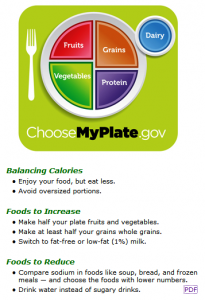Dietary Guidelines in the MAHA era
USDA and HHS have announced an update on the dietary guidelines process.
A quick recap: The Dietary Guidelines Advisory Committee released its report last year. The agencies are responsible for writing the actual guidelines, based on that report or not.
The USDA Secretary, Brooke Rollins, writes:
Secretary [of HHS] Kennedy and I have a powerful, complementary role in this, and it starts with updating federal dietary guidance. We will make certain the 2025-2030 Guidelines are based on sound science, not political science. Gone are the days where leftist ideologies guide public policy.”
Leftist ideologies? She has to be kidding. Since when did leftist ideologies influence the dietary guidelines?
Oh. Wait. Silly me. I get it. She means meat.
Plant-based = leftist ideology.
You don’t believe me? See Nina Teicholz’s editorial in the Wall Street Journal: Meat will make America Healthy Again.
Ms. Rollins and Mr. Kennedy should reject suggestions from an expert committee that the 2025-30 federal guidelines place an even greater emphasis on plant-based proteins and that they recommend “reducing intakes of red and processed meats.” As the Agriculture Department found in 2010, there is either “no relationship” or a “limited inconsistent” relationship between any protein type and chronic diseases, including obesity, diabetes and cardiovascular disease.
Protein, sure. But meat? Consistent evidence for years indicates that people in industrialized countries would be healthier eating less meat and more plants. Less does not necessarily mean none; it means less than currently consumed and a lot less in some cases.
If USDA and HHS are serious about Making Americans Healthier Again, they will revise the Dietary Guidelines according to the science. In my view, that means advising eating less of ultra-processed foods, as well as meat.


